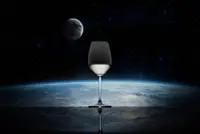This computer-generated image from the European Space Agency (ESA) shows space debris from previous space missions orbiting the Earth next to intact satellites. Photo: ESA/dpa
Sputnik 1 was the first satellite to be launched into space in 1957 and a stream of objects have followed in its trail, presenting a growing danger in space.
After all, more than 10,000 satellites were orbiting the earth – 7,500 of them functional – at the end of last year, according to the European Space Agency (ESA).
Already a subscriber? Log in
Save 30% OFF The Star Digital Access
Cancel anytime. Ad-free. Unlimited access with perks.





